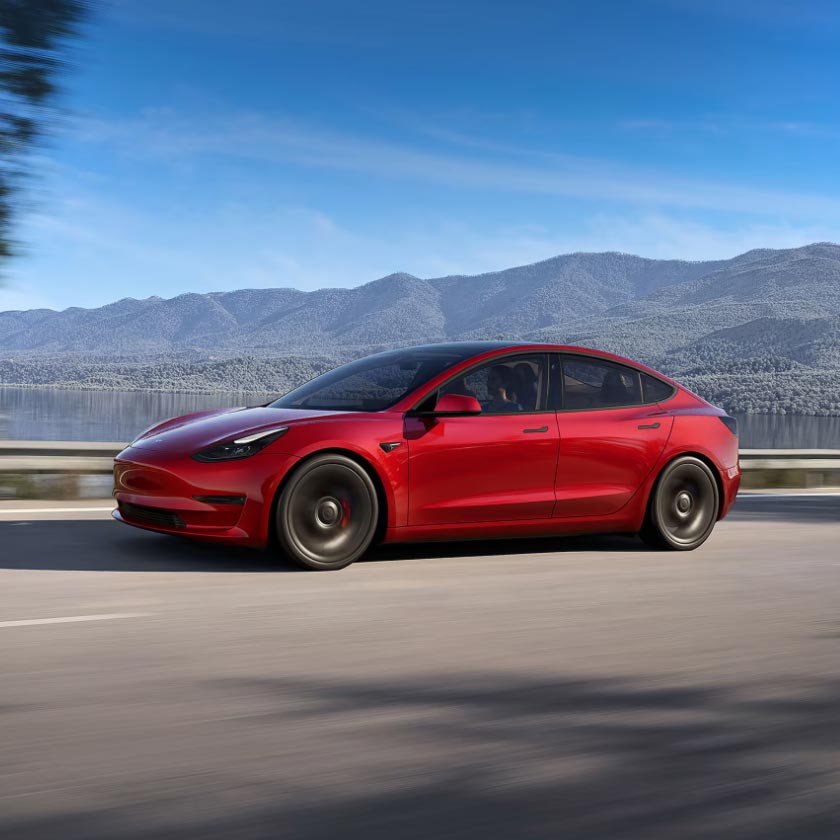SpaceX performed the Transporter-3 mission on Thursday, January 13. It marked the company’s second launch of the year and the third mission under the SmallSat Rideshare Program, which offers lower cost launch services when multiple companies and organizations share Falcon 9 payload fairing. Under the SmallSat Rideshare Program companies can share Falcon 9 for a combined price tag, booking an entire ride to space which can cost up to $62 million. A veteran Falcon 9 rocket deployed a total of 105 small spacecraft owned by dozens of companies during the Transporter-3 mission. The veteran rocket booster, identified as B1058-10, has now conducted ten flights. It lifted off a tenth time at 10:25 a.m. EST from Space Launch Complex 40 (SLC-40) at Cape Canaveral Space Force Station in Florida to deploy the payloads into Sun-Synchronous orbit.
Liftoff! pic.twitter.com/CwfVc9Zyjg
— SpaceX (@SpaceX) January 13, 2022
Approximately 9-minutes after lift off, the first-stage booster returned from space, landing on Landing Zone 1 (LZ-1) at the U.S. Space Force Station."Stage 1 landing is confirmed," SpaceX commentator said during the Live broadcast. "As you heard, the Falcon 9 has landed for the 10th time," SpaceX reliability engineering manager Kate Tice added. "This marks our 102nd overall recovery!" To date, SpaceX has reflown recovered boosters 80 times. Reusing launch vehicles enables the company to reduce the cost of spaceflight. SpaceX shared an incredible video of the veteran booster landing on terra firma, linked below. Booster B1058-10 previously launched: SpaceX’s first crewed flight to the International Space Station (Demo-2), the launch of the South Korean ANASIS-II satellite, NASA’s 21st Commercial Resupply Services mission (CRS-21), the first rideshare mission Transporter-1, and five Starlink missions.
Falcon 9’s first stage has landed on Landing Zone 1 pic.twitter.com/XUQWHtB7kJ
— SpaceX (@SpaceX) January 13, 2022
The 105 space vehicles were deployed to orbit independently in a separate sequence to avoid collisions. The deployment took was around an hour and a half to complete. Some of the payloads that were launched as part of the Transporter-3 mission are from: Planet Labs, Guardian, Exolaunch, Capella, Kepler, Nanoracks, Satellogic, and Spaceflight. "On board this launch were 105 commercial and government spacecraft (including CubeSats, microsats, PocketQubes, and orbital transfer vehicles)," the company said. All the satellites range in sizes, the largest one aboard Transporter-3 iis the Ukrainian Sich 2-1, a 375-pound Earth-imaging satellite that will be operated by the Ukrainian government. SpaceX also launched three satellites for South Africa, called MDASats, that the government will use to monitor maritime traffic. Planet Labs shared a stunning video of its 44 SuperDove small satellites being released from Falcon 9's payload deployer, shown below.
Deployment ✅ All 44 SuperDoves have successfully deployed from @SpaceX’s Falcon 9 and are off to join the rest of our ~200 satellites in orbit capturing a daily scan of our changing planet. Thanks for the ride, SpaceX! pic.twitter.com/93wDOznMYC
— Planet (@planet) January 13, 2022
Rideshare deployment sequence complete
— SpaceX (@SpaceX) January 13, 2022
VIDEO: SPACEX TRANSPORTER-3 MISSION

Featured Image Source: SpaceX








